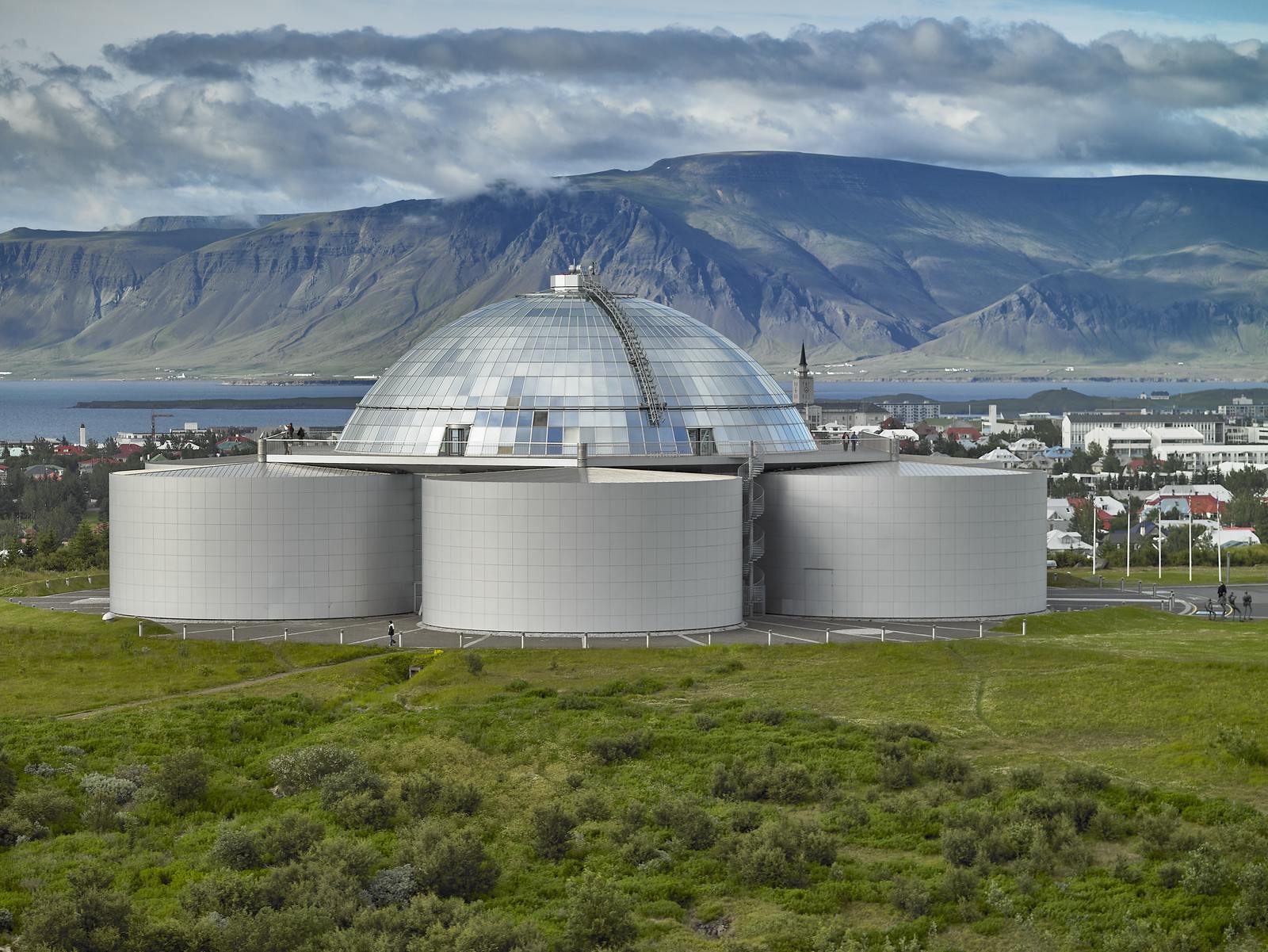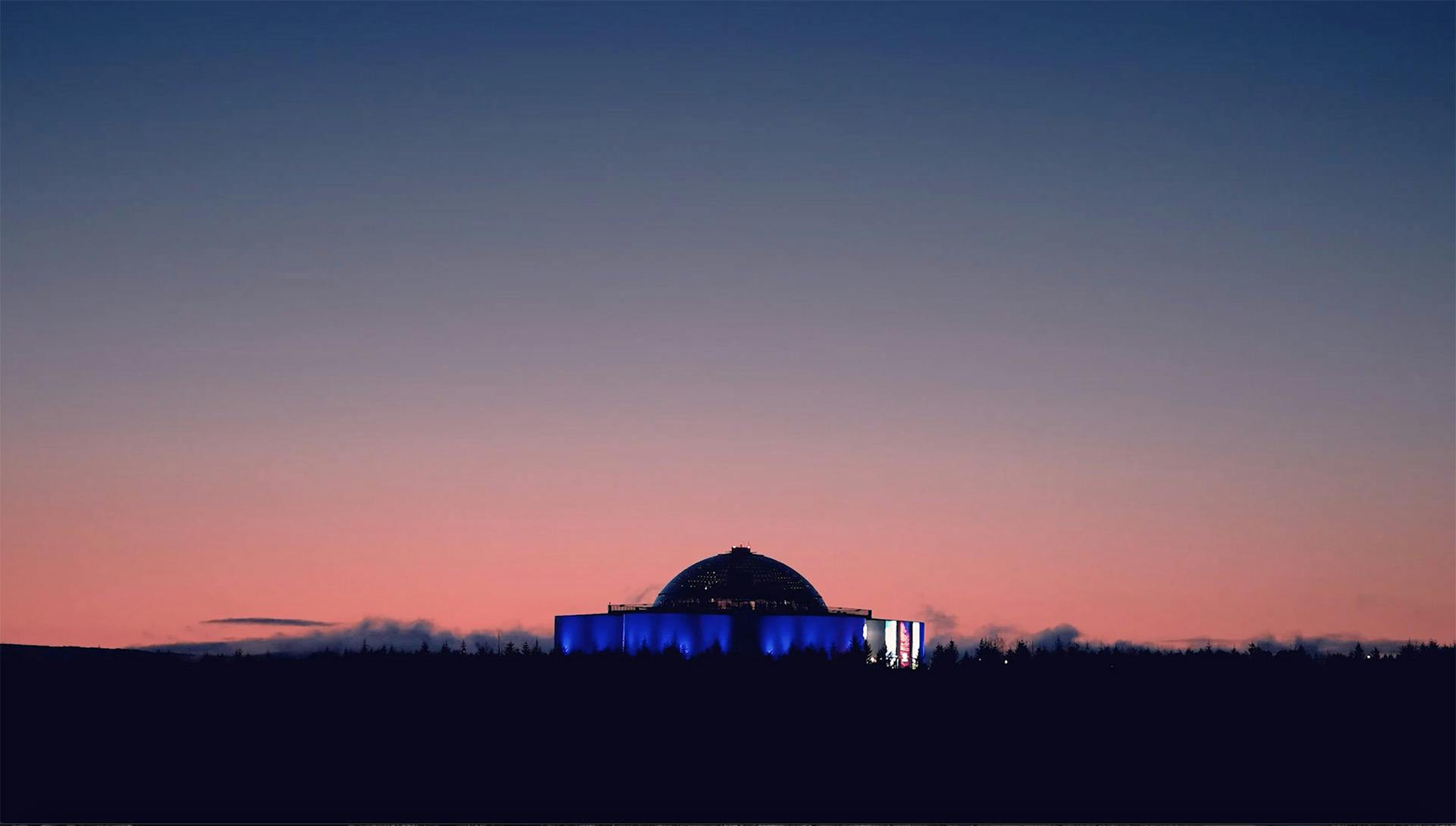
The story of Perlan
Reykjavík's most iconic building
Perlan opened
Perlan was designed by architect Ingimundur Sveinsson and was inaugurated on June 21, 1991. The building consists of a huge glass dome that rests on top of six district heating tanks, each of which can hold about 4 million liters of geothermal water. Perlan (en. The Pearl) is a unique glass dome structure with a steel frame that serves as Perlan's furnace system.
The renowned Icelandic painter Jóhannes Kjarval had the first ideas for building a beautiful building on Öskjuhlíð hill in 1930. Regarding the building, Kjarval said: “The temple sides were to be covered with mirror slabs so that the northern lights could approach the feet of men - the roof was to be decorated with crystals in at every color, and a floodlight was to be at the top of the ridge that illuminated all the tanks. The house itself was supposed to correspond to the light of day and the symbols of the night.” This is an incredibly accurate description of a building that was designed and built 60 years later.
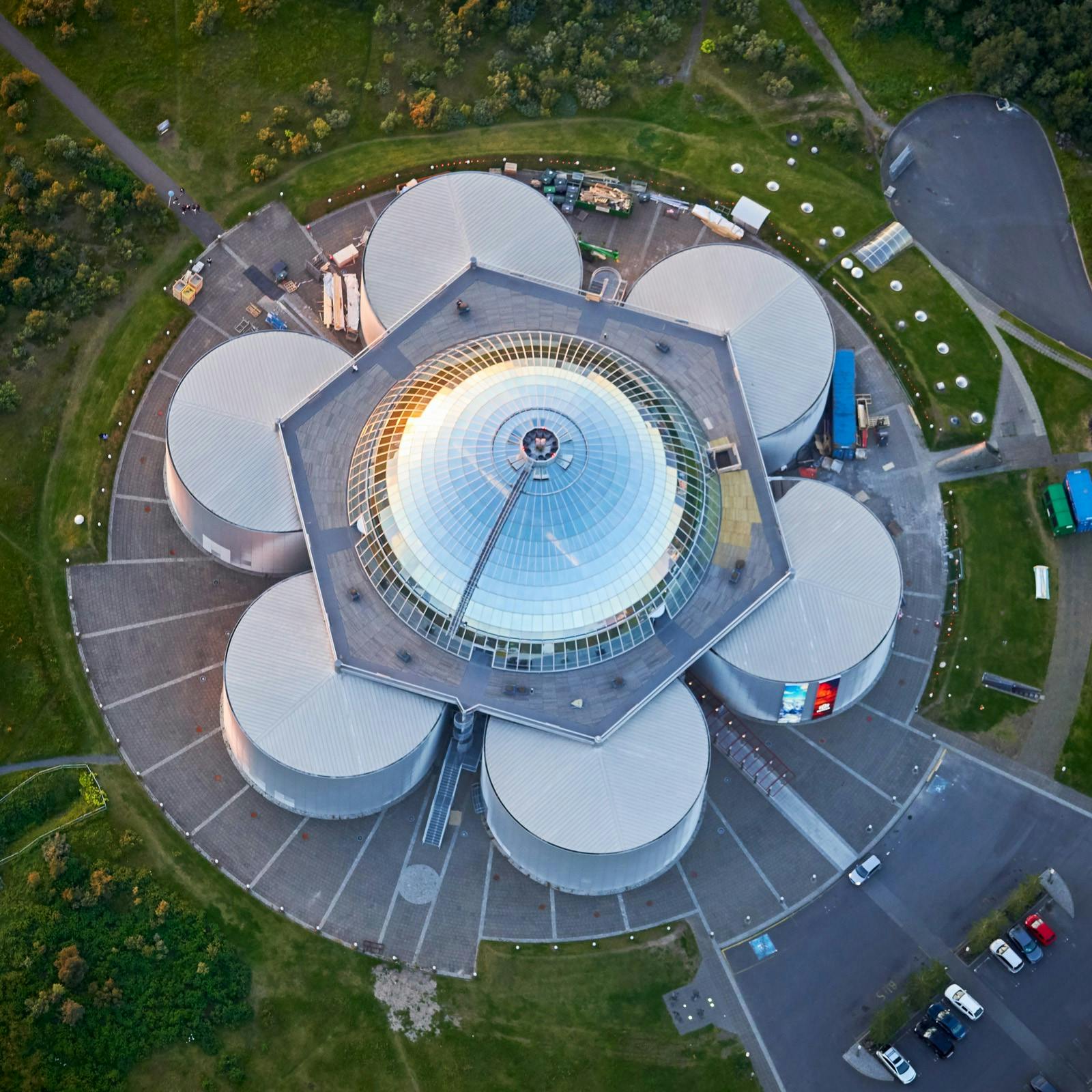
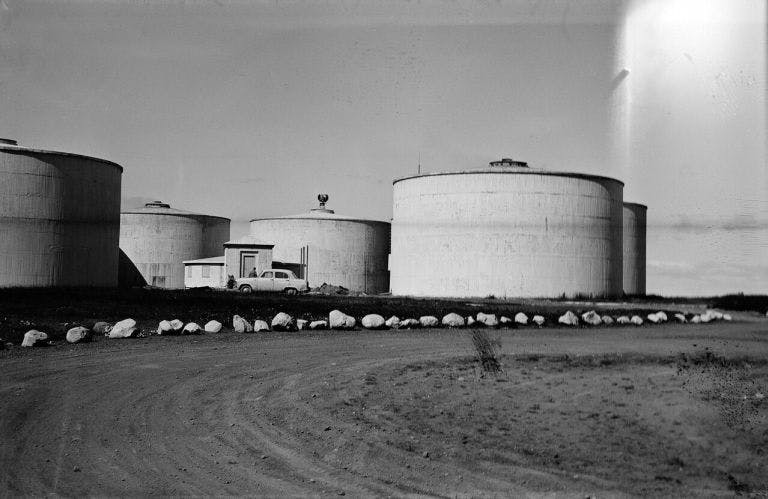
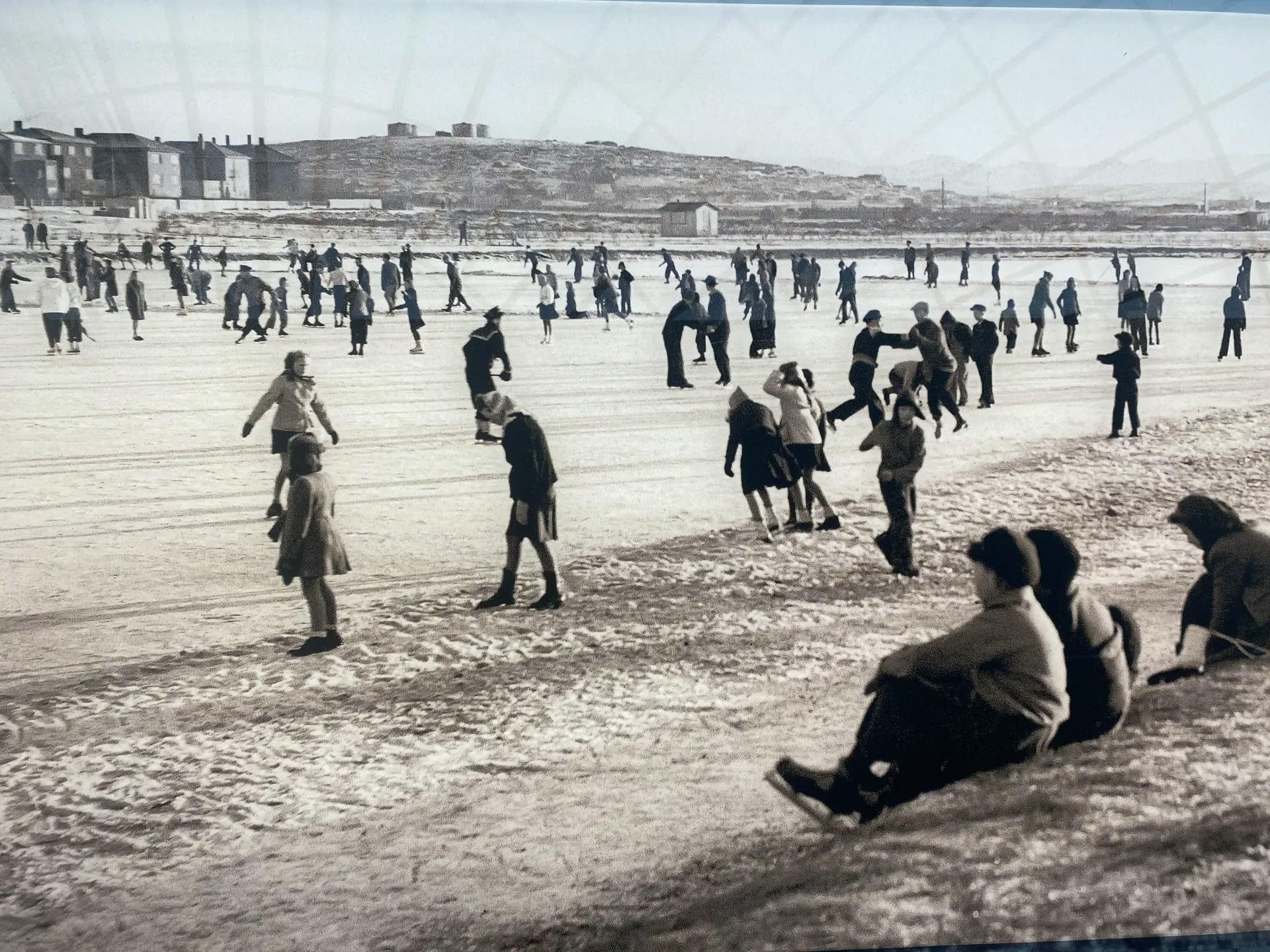
The old water tanks
In 1939, the first district heating tank was constructed on Öskjuhlíð at 61 meters above sea level. This location was chosen because it provided sufficient pressure to pump water up to the tenth floor of a mansion that was to be built 38 meters above sea level, the same height as the hill at Skólavörðuholt where Hallgrímskirkja stands. Five more tanks rose beside the first in the next two decades. They were then torn down and rebuilt in the late eighties.
In Iceland, the use of hot water flowing from underground is now essential and taken for granted.
Öskjuhlíð Hill
A natural gem in the heart of Reykjavík’s capital. Öskuhlíð Hill boasts over 176,000 planted trees, transforming it into a lush forest. Its unique geology reveals evidence of the ice age, with traces of diverse formations from landslides and glaciers eroding.
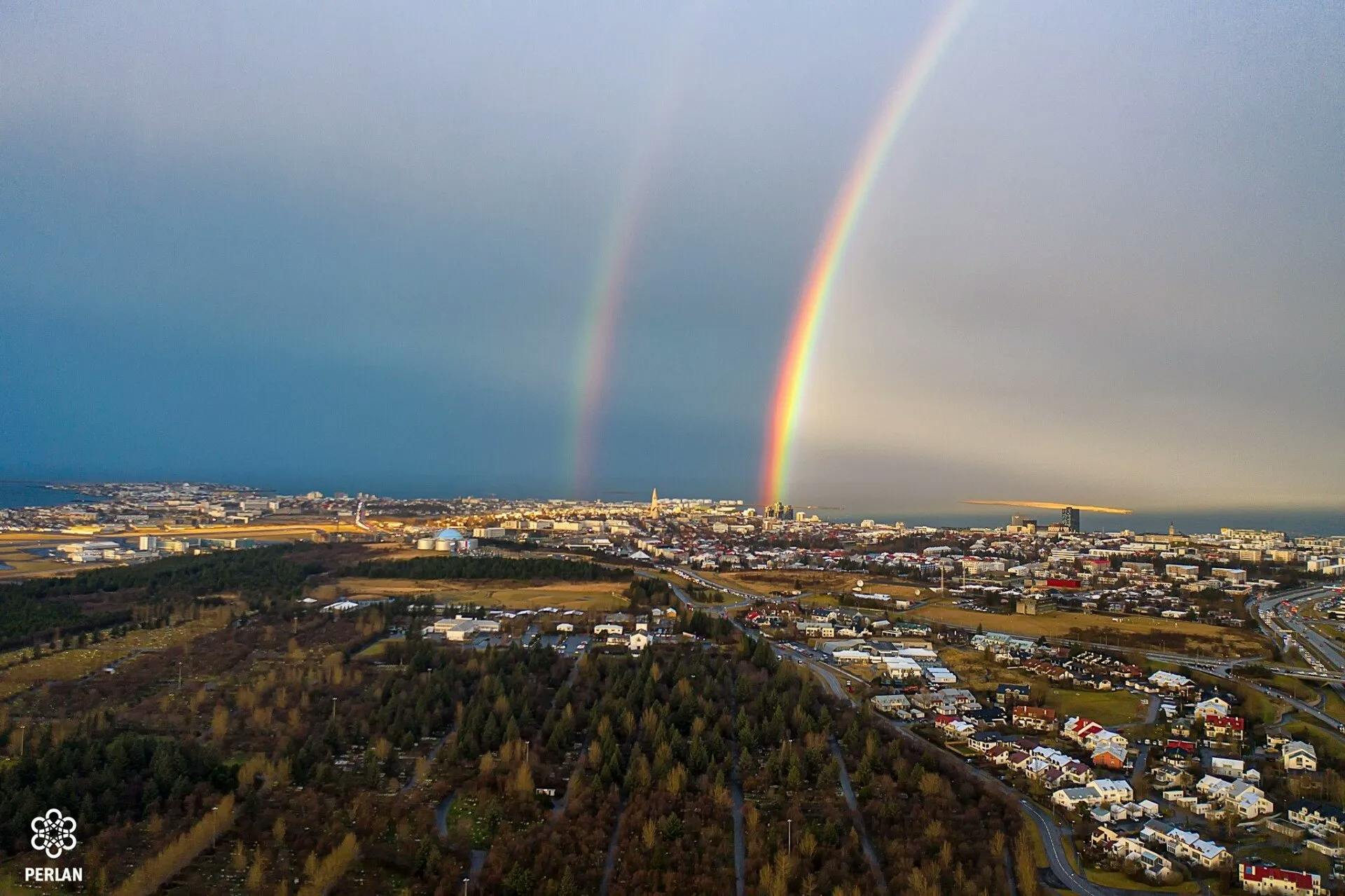
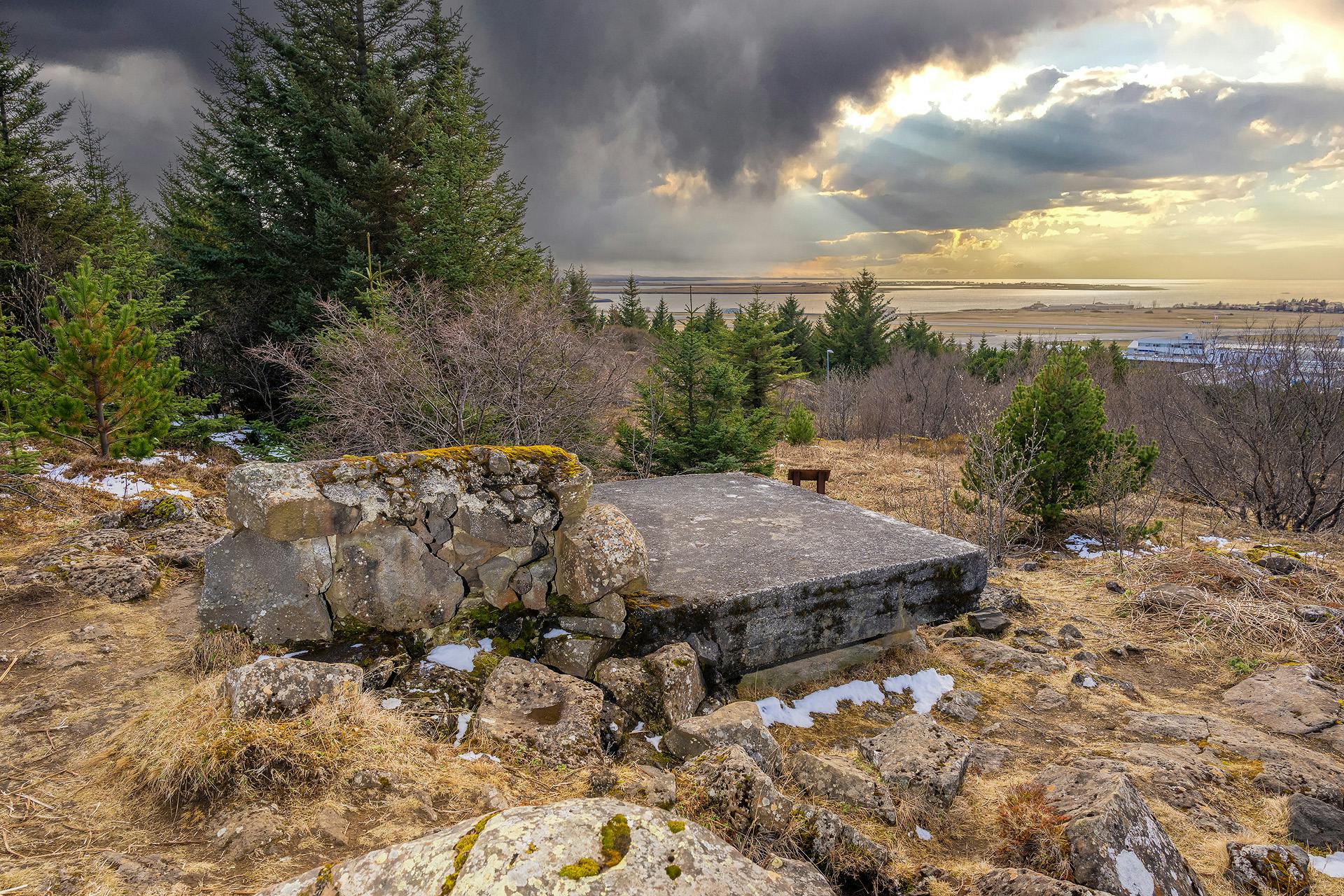
War memorials in Öskjuhlíð
In April 1940, when Nazi Germany invaded Norway and Denmark, the United Kingdom became apprehensive about Iceland being the next target. It was a neutral kingdom in a "personal union" with Denmark. To preempt a possible German attack, Britain launched Operation Fork in May 1940, invading Iceland.
As Iceland had no military force, the takeover was effortless. British troops took control of Reykjavik and secured important locations in the capital and around the island to prevent German access and to support future Allied air and naval bases. They also aimed to disrupt the flow of Icelandic goods to Germany as part of the maritime blockade.
In June 1940, Canadian troops joined Britain in the occupation, and in July of the same year, President Roosevelt sent American troops, despite still being considered "neutral." By 1943, the military presence in Iceland had grown to about 50,000, a significant number compared to Iceland's population of just 120,000 before the occupation.
Britain built airbases in Kaldadarnes and Reykjavik, while the US Army constructed a large airbase at Keflavik, Iceland's primary airport today. Naval forces were stationed at Hvalfjord, Seydisfjord, and Reykjavik Harbor.
Amidst the trees of Öskjuhlíð lie several remnants of war left by the British during WWII when the hill served as a defense post. You can explore the pillboxes, wander the decayed control center, and even enter the somber bunkers. Although these structures have aged, and the bunkers are now used more for parties and graffiti than for defending against Germans, they are a haunting reminder of a bygone era.
Reykjavík & Perlan
Perlan is one of the top attractions in Reykjavik. The stunning glass dome structure offers incredible views of the city and surrounding mountains. Inside, visitors can explore a range of exhibits and immersive presentations, including a glacial ice cave, a planetarium, and interactive displays of Icelandic nature and culture.
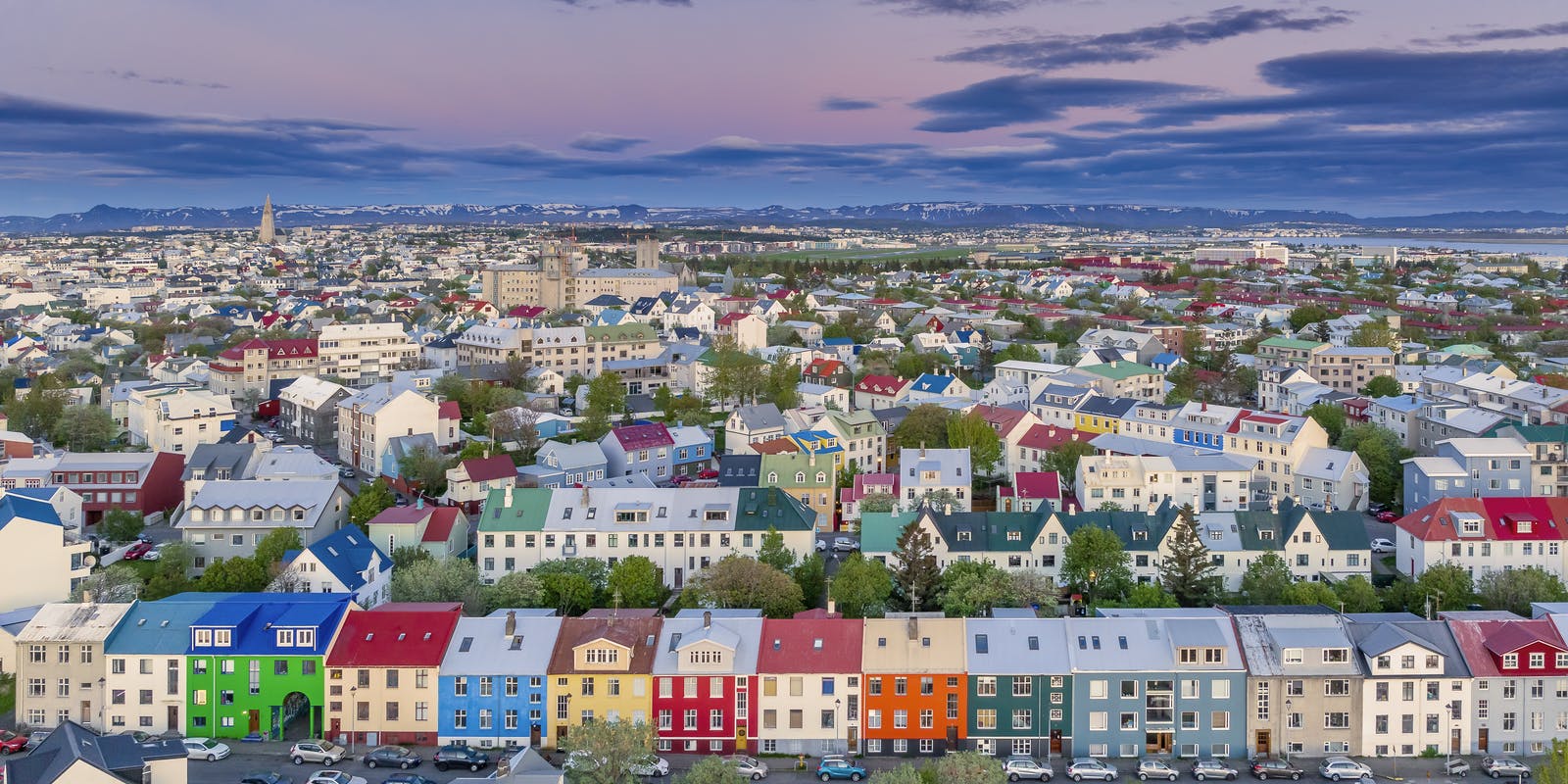
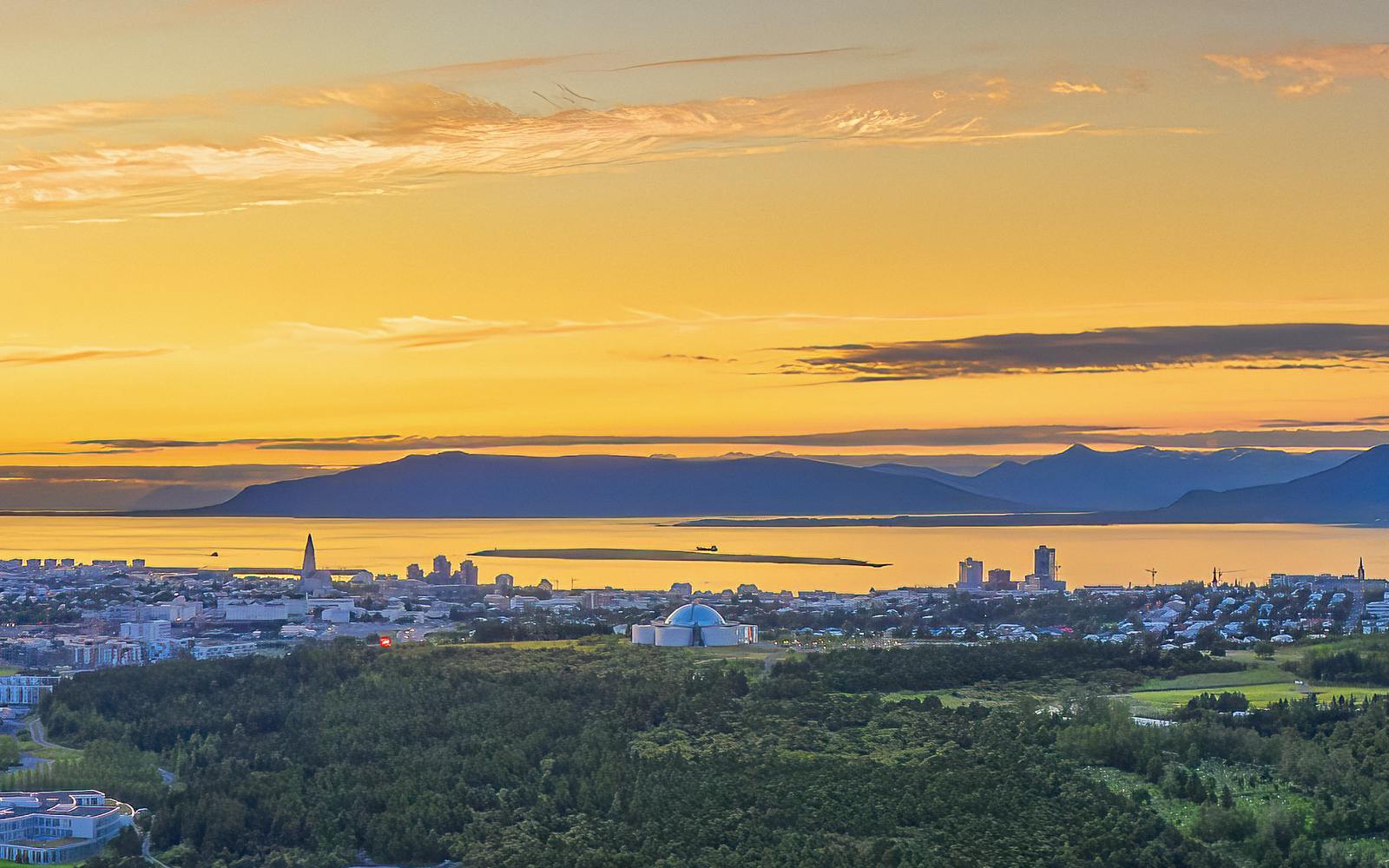
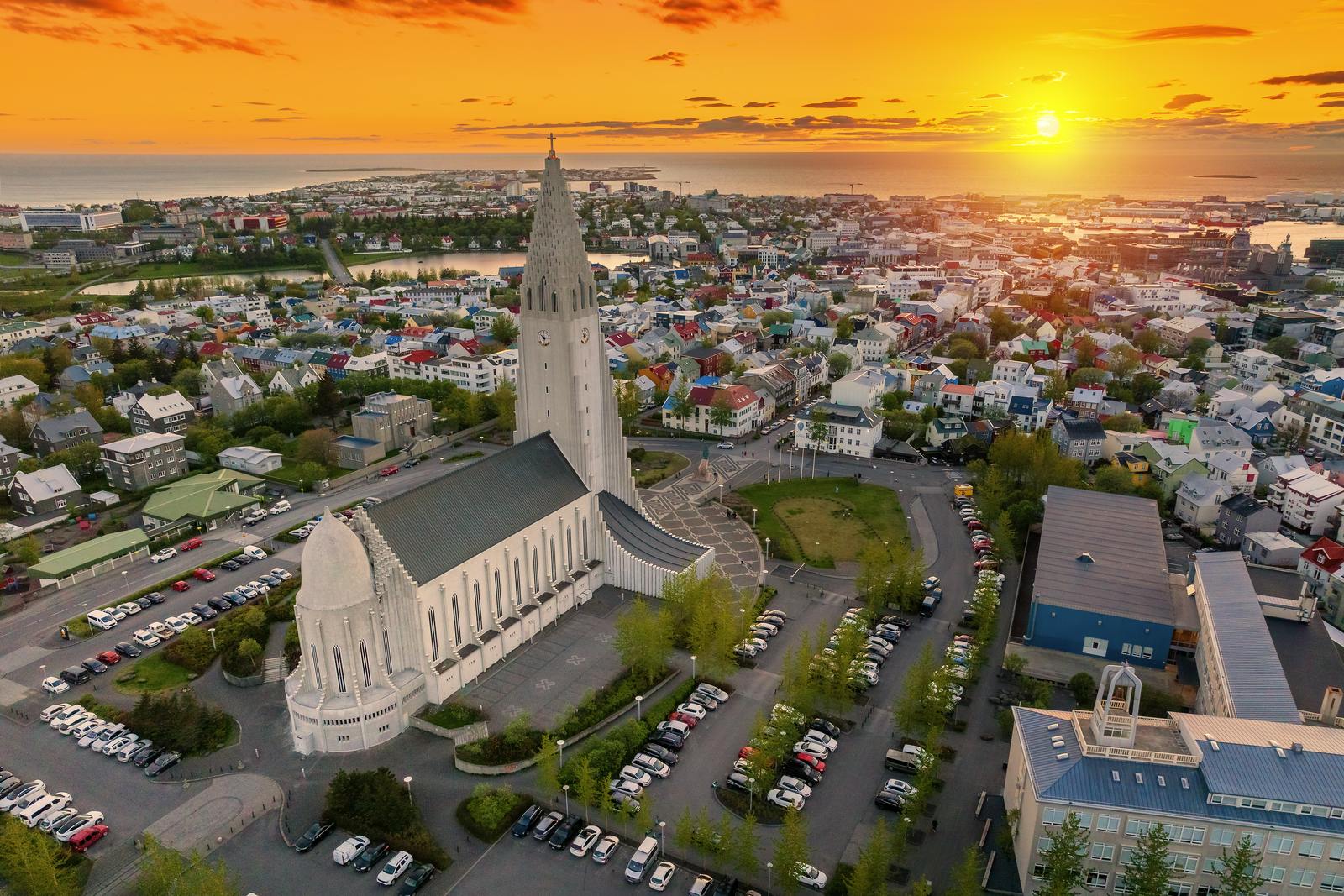
The Ultimate Guide to Reykjavik: Top Things to Do, See & Eat
Discover the best things to do in Reykjavik with our ultimate guide. Explore top attractions, museums, restaurants, and travel tips to plan the perfect Iceland adventure.
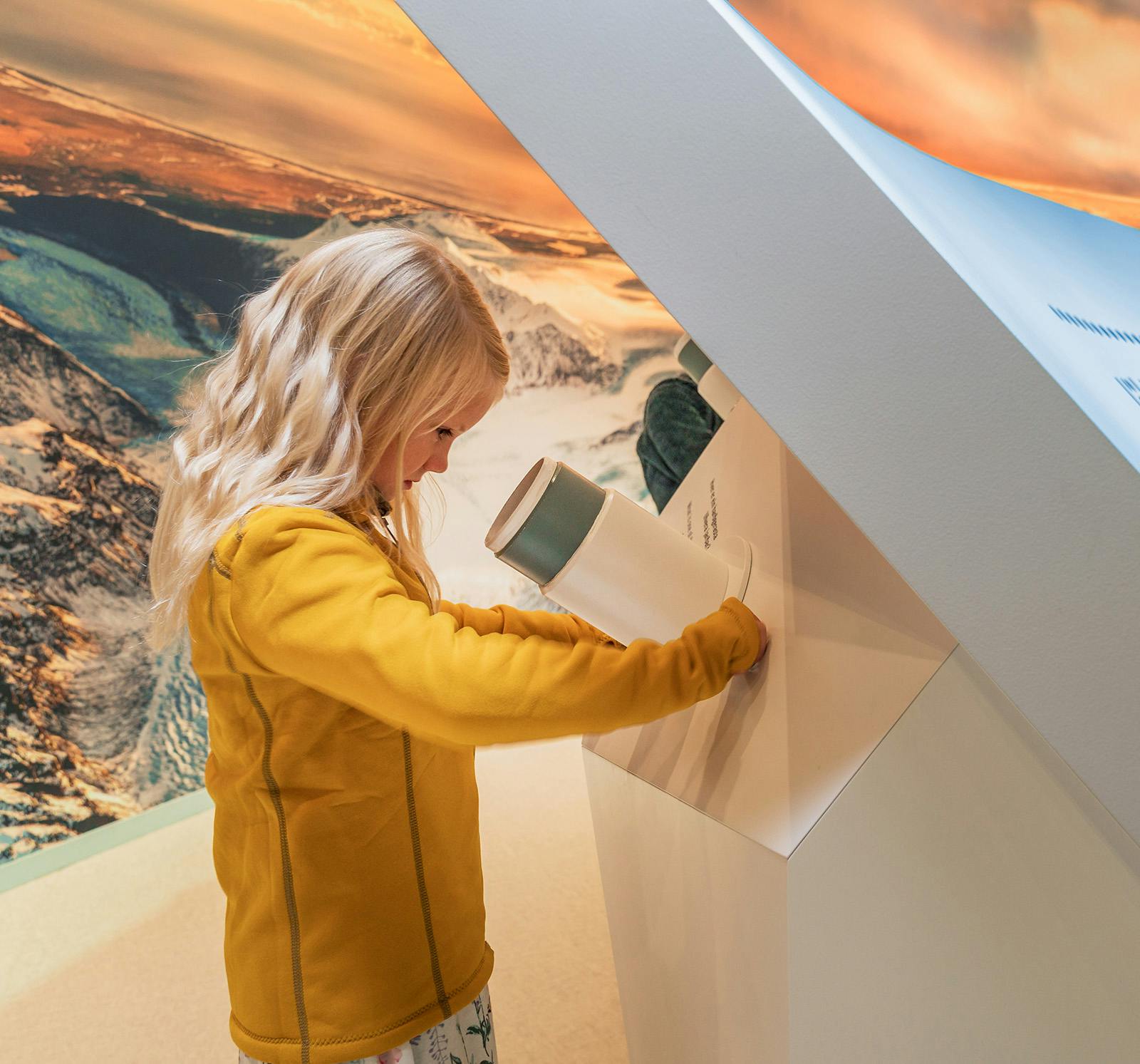
Top 7 Things To Do in Reykjavik With Kids
If you’re looking for ways to keep the children entertained, these ideas for things to do when visiting Reykjavik with kids are sure to put a smile on their faces.

